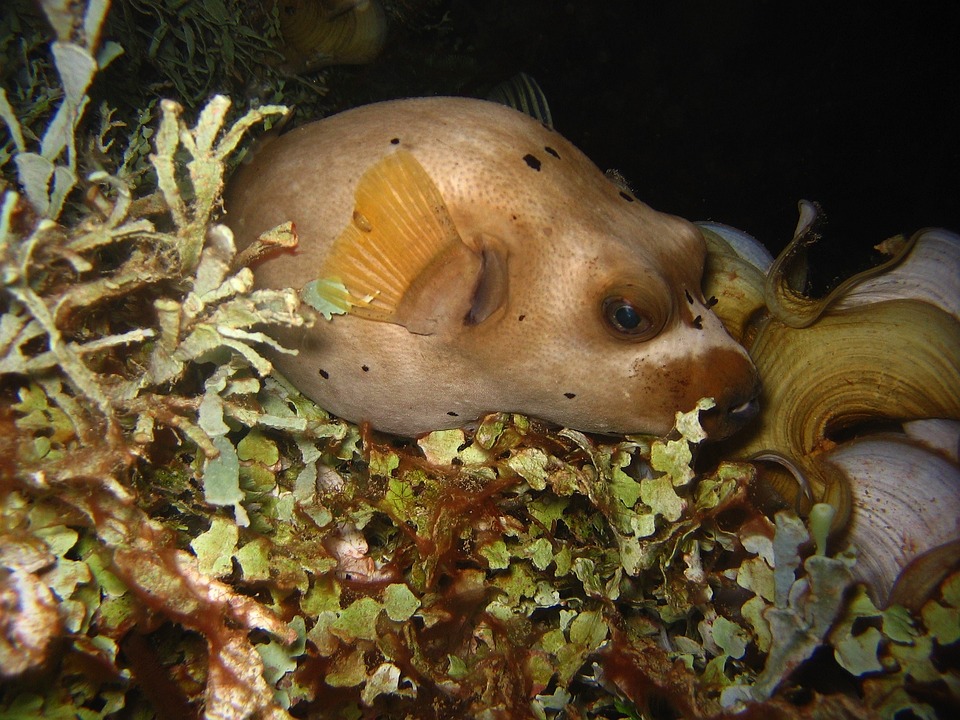Fish Care 101: Addressing Fish Tank Oxygenation Issues
Ensure a Healthy Environment for Your Aquatic Friends
Introduction:
Proper oxygenation is essential for maintaining the health and well-being of your fish. Inadequate oxygen levels in a fish tank can lead to stress, disease, and even death. This article will guide you through the various methods of addressing fish tank oxygenation issues, ensuring a thriving aquatic environment for your beloved pets.
I. Understanding the Importance of Oxygenation
A. The Role of Oxygen in Fish Health
Oxygen plays a vital role in the overall health of fish. Just like humans, fish require oxygen to survive. They extract this oxygen from the water through their gills. Without sufficient oxygen, fish can experience difficulty breathing, which leads to stress and weakened immune systems.
B. Signs of Poor Oxygenation in Fish
It is crucial to recognize the signs of poor oxygenation in fish. Some common indicators include gasping at the water’s surface, lethargy, loss of appetite, and gulping for air. If you notice any of these signs, immediate action is necessary to address the oxygenation problem.
C. Common Causes of Oxygen Depletion in Fish Tanks
Oxygen depletion in fish tanks can occur due to various factors. Overstocking the tank, poor water circulation, lack of aeration, and excessive organic waste are some common causes. It is essential to identify and address these issues promptly to prevent any harm to your fish.
II. Methods for Improving Fish Tank Oxygenation
A. Increasing Surface Agitation
One effective method of improving fish tank oxygenation is by increasing surface agitation. This helps to facilitate gas exchange between the water and the air.
1. Installing an Air Stone or Bubble Wand
An air stone or bubble wand is a simple and cost-effective way to increase surface agitation. These devices release a steady stream of small bubbles into the water, creating movement and promoting oxygen exchange.
2. Using a Venturi System
A venturi system utilizes the water flow from a filter or pump to draw air into the tank, increasing surface agitation. This method is often more effective for larger tanks or those with heavy stocking.
3. Adjusting Water Flow and Filtration
Ensuring adequate water flow and proper filtration can also enhance oxygenation. Adjusting the filter’s output or adding additional circulation pumps can create more surface movement, increasing oxygen levels.
B. Enhancing Filtration Efficiency
A well-maintained and efficient filtration system can significantly contribute to oxygenation in your fish tank.
1. Choosing the Right Filter Type
Different types of filters, such as sponge filters or canister filters, offer varying levels of oxygenation. Research and select a filter that suits your tank’s needs and promotes oxygen exchange.
2. Maintaining and Cleaning Filters Regularly
Regular maintenance and cleaning of filters are crucial. Clogged or dirty filters can restrict water flow and decrease oxygen levels. Follow the manufacturer’s instructions to ensure proper maintenance.
C. Adding Aquatic Plants
Aquatic plants are not only aesthetically pleasing but also play a crucial role in oxygenating fish tanks.
1. Benefits of Aquatic Plants in Oxygenation
Aquatic plants release oxygen through a process called photosynthesis. They absorb carbon dioxide and release oxygen, improving oxygen levels in the tank. Additionally, plants provide shelter and hiding spots for fish, reducing stress levels.
2. Selecting the Appropriate Plant Species
Choose plant species that are suitable for your tank’s size, lighting conditions, and water parameters. Some commonly recommended oxygenating plants include Anacharis, Hornwort, and Vallisneria.
3. Providing Adequate Lighting and Nutrients
Proper lighting and nutrient supplementation are essential for the healthy growth of aquatic plants. Ensure that your plants receive the appropriate amount of light and provide necessary nutrients like iron and potassium to promote optimal oxygenation.
III. Oxygenation FAQs
Q1. How often should I check the oxygen levels in my fish tank?
It is advisable to regularly monitor oxygen levels in your fish tank, especially if you have a heavily stocked tank or notice signs of poor oxygenation. Testing once a week or during water changes is a good practice.
Q2. Can I rely solely on plants for oxygenation?
While aquatic plants contribute to oxygenation, it is not recommended to rely solely on them, especially in heavily stocked tanks. It is best to employ additional methods, such as surface agitation, to ensure optimal oxygen levels.
Q3. Is it possible to over-oxygenate a fish tank?
While it is challenging to over-oxygenate a fish tank, excessive oxygenation can disrupt carbon dioxide levels, affecting the pH balance. It is essential to strike a balance and maintain stable oxygen levels.
Q4. What is the ideal oxygen level for freshwater fish?
The ideal oxygen level for freshwater fish is around 6-8 mg/L (milligrams per liter). However, different fish species may have varying oxygen requirements, so research your specific species for precise guidelines.
Q5. Are there any fish species that require higher oxygen levels?
Some fish species, such as goldfish and Bettas, have higher oxygen requirements. It is crucial to research and cater to the specific needs of your fish species.
Conclusion:
By addressing fish tank oxygenation issues, you create a healthier and more vibrant environment for your fish. Remember to regularly monitor oxygen levels and employ the appropriate methods mentioned in this article. Ensuring proper oxygenation will lead to happier, more active fish and a more enjoyable aquarium-keeping experience.









